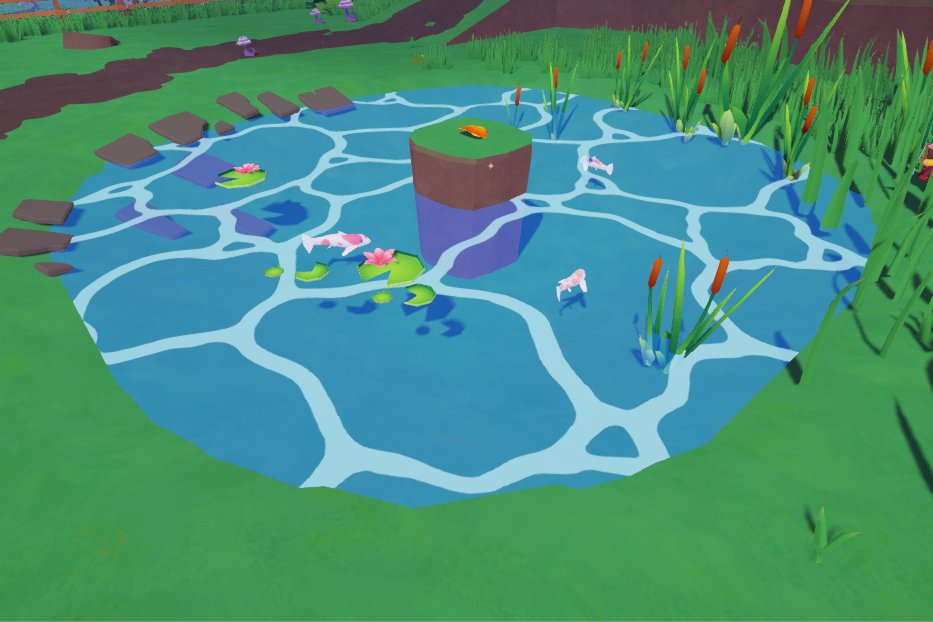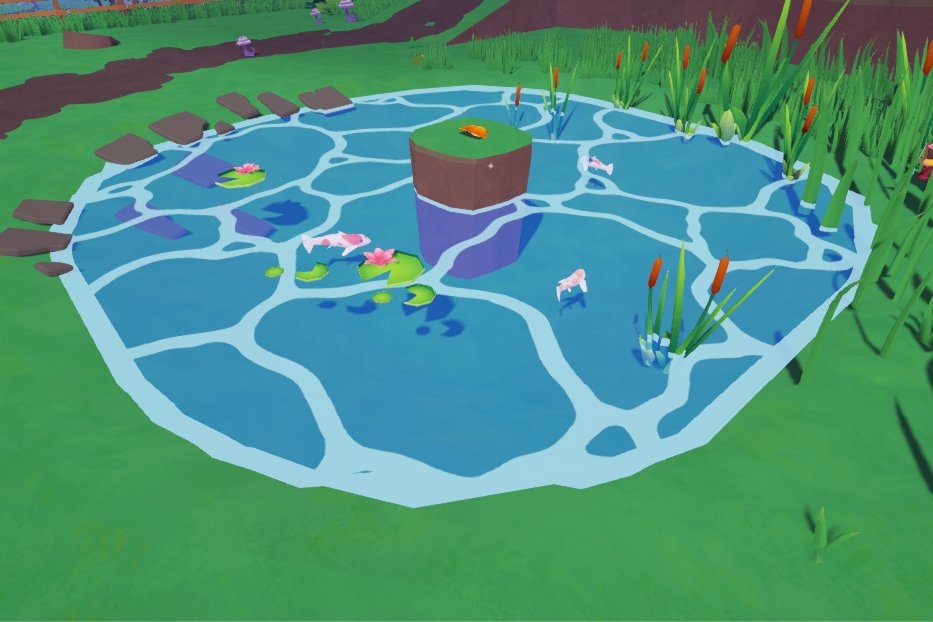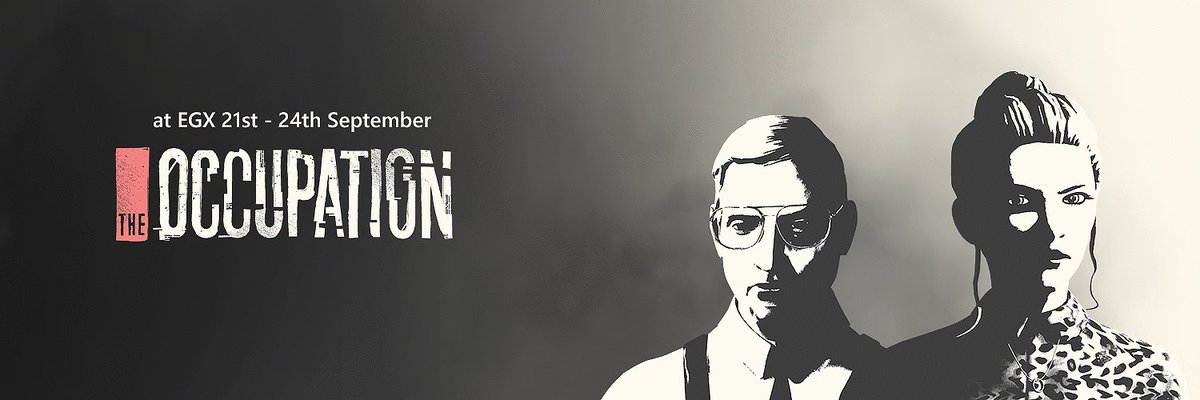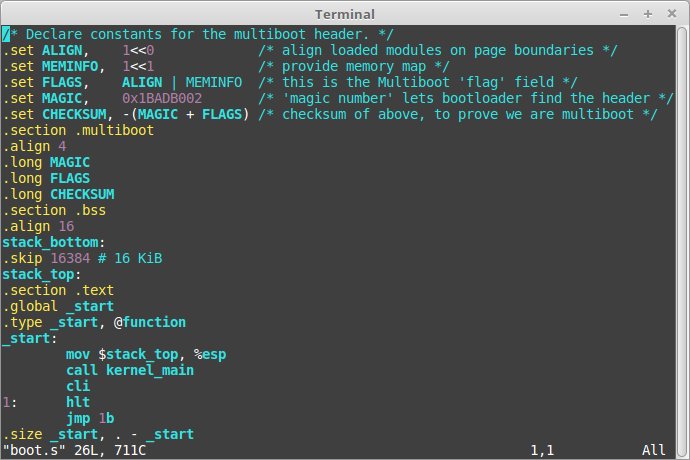Here are some tips (I have 20 years experience btw)
This can be vague, such as "street level art" to begin with, but sorry, we are gonna break it down.
Your goal is no surprises, and knowing where your money needs to go.
Vague is not money saving.
No.
Main dude mesh
Main dude LODS
Main dude 1st person arms
Main dude skin 1 (shaders and textures)
Main dude skin 2
Main dude multiplayer skin
Main dude's optional shades
Main dude's grenades (1st person)
Main dude's grenades (3rd person lod)
Etc
Hot tip: give yourself fat here for a bunch of anims you didn't expect, (weird shit such as quarter turns, IK specific compensation, shite like that)
Things are real to you. Things cost money.
Feature creep is expensive.
(Secretly budget in X number of extra items to give your designer some freedom)
Two ways of doing this- either find out quotes for everything from your artists, or allocate funds and ask them to work as best they can within that budget.
With the latter, this means setting your expectation to what they...
Never crunch artists.
By that, I mean the moneymakers. The ones that will appear in marketing, will go on greenlight, will sell the idea to publishers. Think about things that REALLY matter.
Why? Because good design saves you money. The more you spend on concepts, the more concepts you get, the more solutions to problems become apparent.
Once funded, your top priority is having art for generating word of mouth excitement- your characters, main enemies, promo stuff... all are art what make people talk about and buy your game.
Make sure to fund your heart
Too many projects are driven into the production stage early by shortsighted arseholes who wonder why we have to redo stuff months down the track.
Yes, you know who you are.
Okay so we assign X for the ice level.
From the concept art I can see fifty assets needed.
I list them as sub categories. Find where I can reuse assets.
I prioritize. I then calculate costs of each...
3x Large rocks
4x Medium rocks
5x Small rocks
1x Destructable ice wall
4x Destructable ice wall gibs
1x Throwable Ice Rock (inventory item icon)
It also lets you project several budgets to include just priority 1-3 or priorities 1-6.
THAT IS EXACTLY WHAT THEY ARE FOR.
You want it to give tou constraints. Constraints can be budgeted for and entered into a task list.
Breifed, designed, modelled, uv mapped, textured, shaded, rigged, skinned, animated, imported, material set up and wired up.
Those are seperate tasks.
Yes, that's a lot to keep track of. That's why you need a tracking system.
Always factor in some stuff will need to be redone. Set some dosh aside for this.
For example, the monsters are not your style, but they are rigged and animated FBXs. Whack your models on those.
Please feel guilty.
If your budget is super tight, hire pros for your hero assets early
The more time spent, the more fish you get, (you can throw back those that don't measure up) and the greater your chance of hitting jackpot with an amazing catch.
But...
So fish while you can afford it and spend the most time on the most important lakes.
Ask yourself if the artist is being reasonable with their bid, not just cutting their own throat.
If they are rushing to make enough to pay their rent, you aint getting good stuff.
Ethics aside, a healthy artist means a healthier profit from their work
Now you need the cash.
Consider setting up an account just for your art, link a card to it for asset store purchases. This keeps a clean account of how much you have left.
Yes. It should make you sweat.
Legals.
You need:
A non disclosure agreement
A freelancer agreement contract
You need to make sure the transfer of rights to the art belong to you and this is clear in your legals. Your lawyer will give you legal advice. I CAN'T
👉Turn loose ideas into numbered items.
👉 Prioritize items.
👉 Add fat.
👉 Money on design saves money.
👉 Look after your art team.
Support me posting by spending a teensy bit of your budget here:
Ko-fi.com/dellak
Patreon.com/darkling
I am available for indy games as well, and offer indy flying art direction packages (I plan out and create your art bible, then stop by at intervals to give advice).
ko-fi.com/dellak
Understand animation retargeting, worst case scenario you can transfer anims to a skeleton to get a large way towards "in but not great" with a few "fuck it, that looks great as is"
A rock becomes ice or crystals if you sharpen it with vertex shaders.
Moss, dirt, blood, damage, rivets, rust, dust, windows, runes... all can be tuned in substance to generate cheap content
Get a substance artist and your concept artist together to plot.
Cerberus uses same skeleton and animation as a dog- just with extra heads skinned on.
Same applies for wolf, skeltal hound, fire hyena and scorpion mutant hound.
It's amazing what a different hand rail and texture can give the same staircase peices.
Say, chaos symbols, vents, chains etc.
A library of these can save money down the track.
Oh shit, the gun cannot point to the player. Oh shit, she won't fit in the car. Oh shit, the armour clips the camera in first person.
Better to pull the plug before money is spent on everything else.
Uncollapsed PSDs
Zbrush file
Bake files (low, high mesh, cage)
Max and Maya files
You will need to pay extra for these unless it is in your breif
Do characters really need different shoes?
Art is never finished, it is abandoned.
Things like life drawing classes, subsidizing software licenses for home use, training video access, workshops.
These thinks impact quality, morale and ultimately improve your game.
♡





